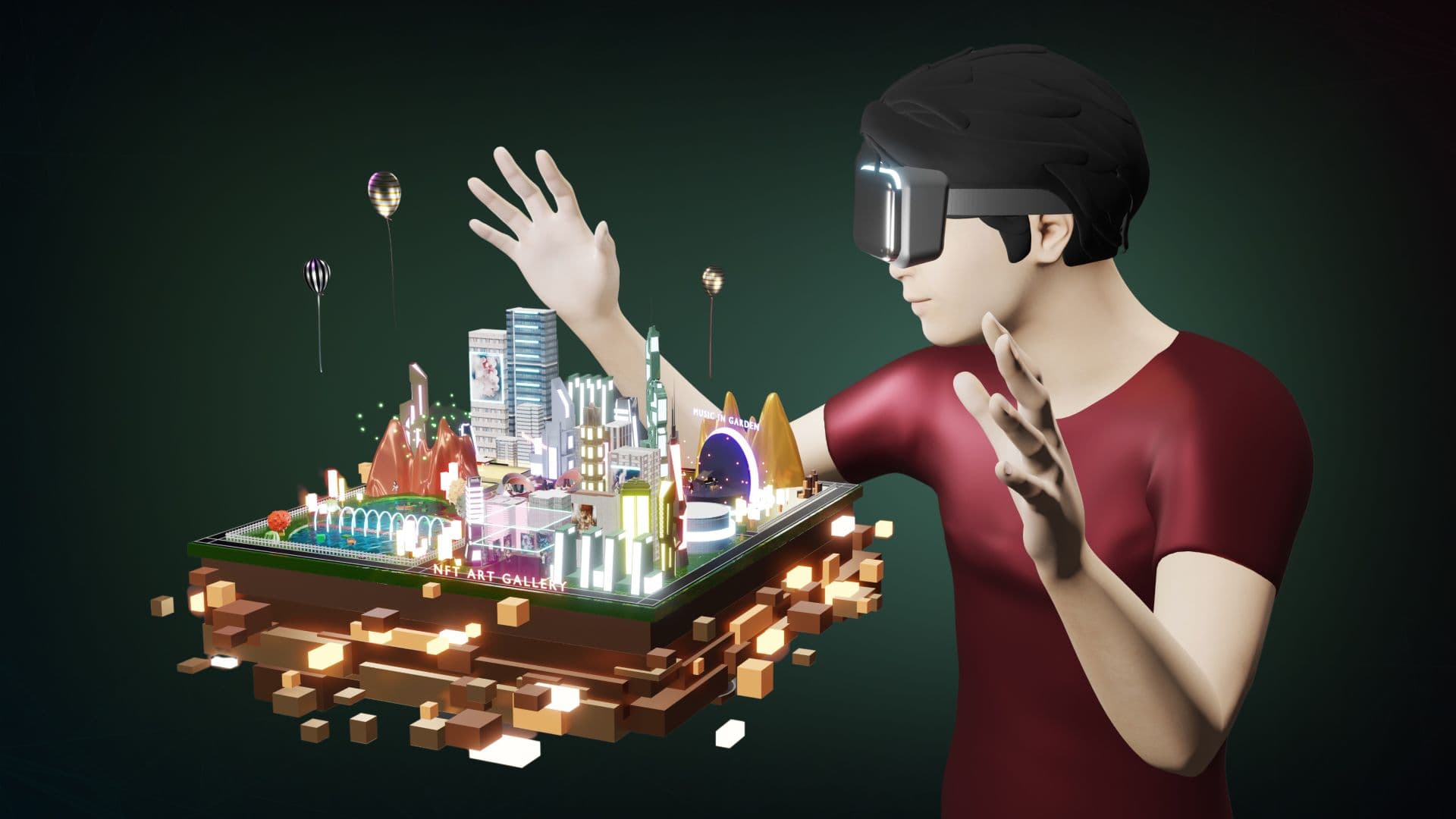
The luxury industry, valued at $1.25 trillion, has continued to grow despite market uncertainties. As consumer preferences shift towards experiential luxury, the industry is witnessing an intriguing trend - luxury embracing Web3 and NFTs. With the rise of the Metaverse and growing interest in digital experiences, luxury brands are exploring ways to integrate blockchain technology and virtual assets into their offerings.
In this article, we are exploring how leading luxury brands are entering the metaverse, NFT, and crypto space.
Advantages and Challenges for Luxury Companies in the NFT and Metaverse Space
First, let’s dive deeper into the market overview and advantages and challenges for brands to enter the Web3 space. The inclusion of NFTs and the Metaverse allows luxury brands to expand their omnichannel approach, offering immersive brand experiences beyond traditional channels. Virtual stores and fashion items engage customers in novel ways, while NFTs present opportunities for creating scarcity and exclusivity around products, adding a new revenue stream.
However, luxury brands entering this space might face resistance from traditional customers unfamiliar with these technologies. Brands must be cautious not to dilute their value or appear gimmicky. Not all forms of luxury can be seamlessly translated into digital experiences, posing challenges for certain luxury segments.
Leading Luxury Brands Venture into NFTs and the Metaverse
Luxury powerhouses such as Gucci, Paris Fashion Week, Richemont group, IWC, Mugler, and more have entered the NFT and Metaverse realm. Partnering with blockchain solution experts like Arianee and platforms like The Sandbox, these brands offer customers virtual NFT equivalents of their physical goods. By doing so, they enable consumers to utilize virtual NFTs as clothing, accessories, or personalized items in the Metaverse.
Similarly, the curated NFT marketplace, UNXD, has collaborated with fashion giants like Dolce & Gabbana, Jacobs & Co, and Valentino. These partnerships have seen remarkable success, with UNXD's collection with Dolce & Gabbana generating around $6 million in final sales. The collaboration showcases how global fashion houses seamlessly combine physical and digital designs to cater to the new generation of Web3 users.
Porsche, an iconic luxury automaker, also entered the NFT space by releasing its exclusive collection of 2,363 NFTs featuring the iconic 911 model. Porsche's NFT owners enjoy customization options, unique experiences, and a chance to co-create Porsche's Web3 universe.
Finally, Louis Vuitton continued their journey in the digital assets world and introduced the Speedy Bag NFT with an IRL claim. A month after the Treasure Trunk debut, valued at around $40K, Pharell Williams made his mark as creative director and introduced the iconic Speedy bag as a digital asset. The collection is set to launch in January 2024 and is rumored to be worth $1 million. Only Trunk Holders are applicable to purchase the Speedy.
Image Source: Louis Vuitton Twitter
Future Trends in Luxury and Web3
As the luxury industry adapts to the preferences of Gen Z and Gen Alpha, sustainability will play a vital role in shaping the future of Web3. Blockchain technology will need to address sustainability concerns to align with consumers' evolving values.
With more collaborations on the horizon and the market trending upwards, we can expect further innovation from the luxury industry within the Web3 ecosystem. It remains to be seen how luxury houses will creatively enter this new channel, and as adoption grows, education will be critical for onboarding non-Web3 natives.
Conclusion
The synergy between luxury and the Metaverse presents exciting opportunities for both industries. As the luxury sector embraces digital experiences and blockchain technology, the future of luxury seems to be interwoven with NFTs and Web3 technologies.



